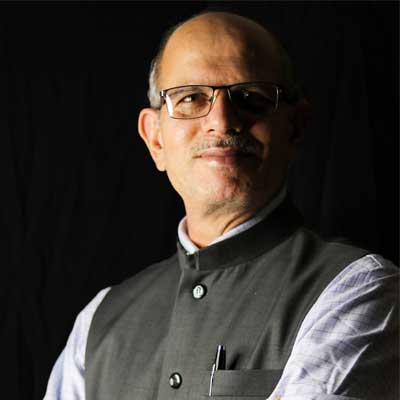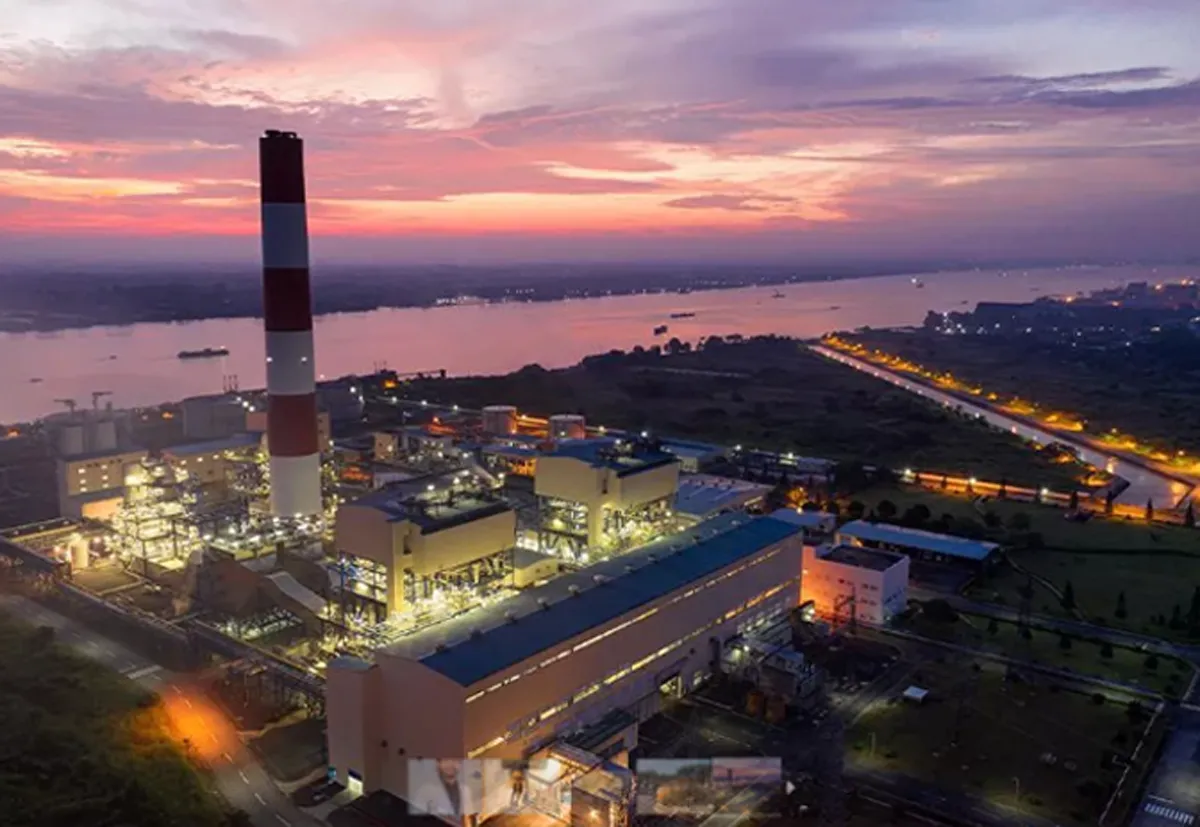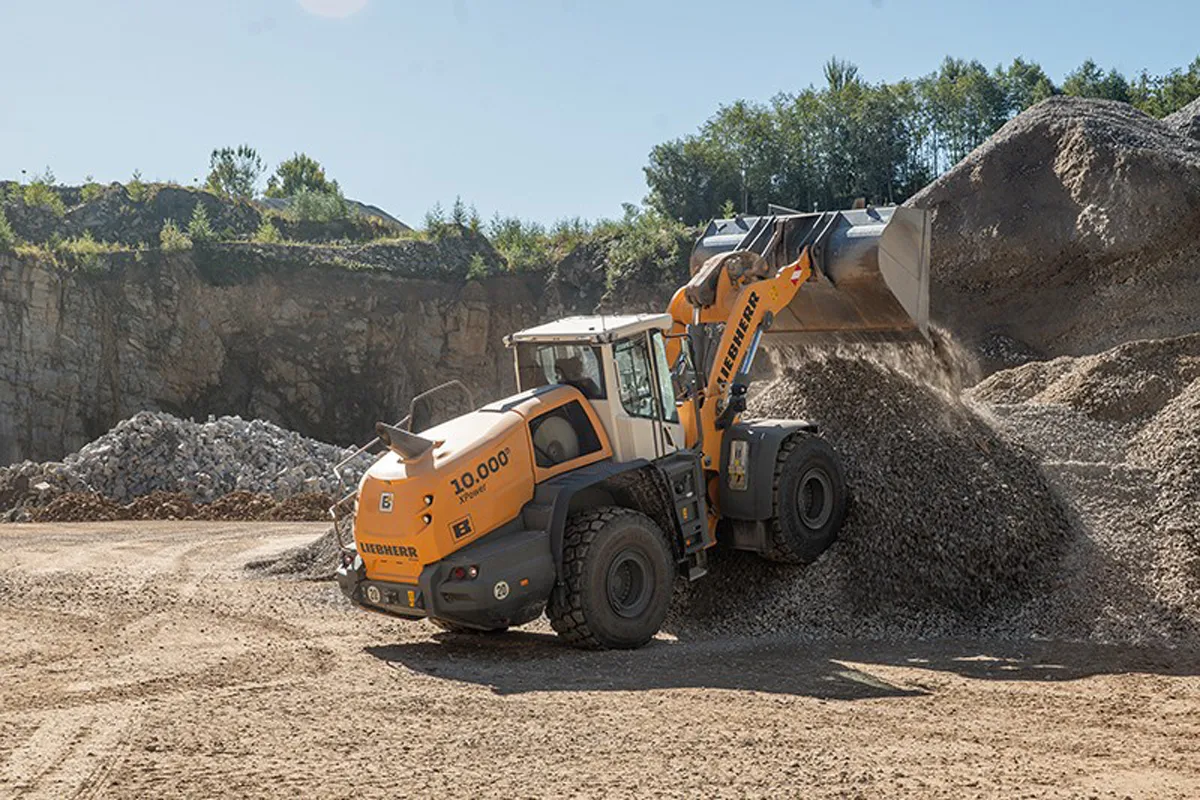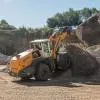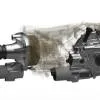Udaipur Cement Works (UCWL) has been striving to increase its Thermal Substitution Rate (TSR) through the continuous use of alternative fuels. The company is targeting to achieve the TSR of 15 per cent by 2030 with a total investment of about Rs 27 crore. Below is the excerpt of interview with Naveen Kumar Sharma, Whole-time Director, Udaipur Cement Works (UCWL).
Cement industry alone is responsible for 8 per cent of the total national emissions. GHG emissions from the cement sector are still significantly high. Please share your thoughts.
To understand the role of the Indian cement sector in contributing to overall national emissions, one needs to track a resource i.e., energy at different levels, w.r.t to existing scenarios present.
The core of GHG emissions lies in the manufacturing process of cement. It is important to understand that a major share of emissions is associated with clinker production. This presents the industry with a unique challenge that is not widely understood beyond the sector. The rest of the emissions are related to electricity consumption in operations and fuel consumed with the transportation of products and raw materials related to the supply chain.
In India, as per CII’s latest 2020-21 benchmarking report, the average thermal and electrical energy consumption stands at 740 Kcal/kg of clinker and 76 kwh/ton of cement, which are one of the lowest among the sector around the world. In our operations, we are maintaining our specific energy consumption well below the industry average and have the best performance in the industry in some of the sections.
What are your recommendations in reducing GHG emissions?
Government policies play a major role in helping to cut down emissions of the cement sector. PAT Scheme is one such example. Outcomes of PAT II indicate that the sector exceeded its energy-saving target by 41.82 per cent, yet this has not been much appreciably considered by govt. in terms of incentivising the efforts. Also, regulations like the Plastic waste management Act are focused on this direction. Still, more actions are required in terms of providing platforms and channels to help the industry aggressively take the low carbon emission path, which is now being taken care of by the present central government.
Some of the steps could be-- incentivising new innovative technology like CCS, allowing manufacturing and sale of multiple types of blended cement, like in European markets, and encouraging mandatory use of blended cement in projects such as “smart cities” and “housing for all” to the extent possible.
Apart from the generalised solutions, I think the sector’s GHG emissions can be significantly reduced with the help of the latest technologies like IOT and AI/ML associated with industry 4.0. These technologies can be used to achieve optimisation by performing a detailed analysis on various processes in kilns, and relevant fuel and raw material consumption patterns. Similar analysis and solutions can be investigated for emissions related to the transportation of raw materials and cement products across the nation.
Emerging and innovative technologies like carbon capture & storage (CCS), renewable energy technologies, and others have 48 per cent emission reduction potential. Do you think we have the right technology and policies in place?
Well, I agree with your first statement that new technologies have the potential to reduce emissions significantly, and I think the industry has taken various initiatives in this direction over the years, let it be the installation of WHR or solar and wind power plants. The only thing that the industry needs is larger recognition of their efforts by govt. to boost their investment in these sectors for a lower carbon footprint approach.
Also, with not much as expected adoption of renewable energy in the sector, the reason lies in lower efficiencies of renewable with somewhat longer payback periods.
Undoubtedly, technologies like carbon capture and storage (CCS) are proven to reduce emissions, but their adoption in the Indian cement industry is still a question primarily considering its sourcing, large technological cost, and additional cost w.r.t decrease in plants’ efficiency and increase water use, that can ultimately render a CCS project financially non-viable. Also, increasing water use in areas of cement zones in India is a huge social risk to the viability of the business.
This is where the role of government becomes crucial to incentivise such options, making it feasible for industries to install the latest technologies and develop “Aatmanirbhar Bharat”, thereon. Recently, India has achieved 100 GW-RE capacity targets well within the time. To meet the government’s larger target of RE capacity to 450 GW by 2030, the Indian cement sector can play a major role and govt. must leverage this available option.
Please brief us on the advantages of Waste Heat Recovery (WRH) over a typical thermal power plant? What is the average cost & saving?
In India, the WHR potential, at present level of production, is about 1300-1400 MW and according to latest report by ICRA, the existing WHR installed capacity is just around 35-40 per cent of the available potential, but still consideration of it under renewable category is debatable by govt. There is no doubt that WHR is a cleaner source of electricity compared to a thermal power plant, w.r.t carbon emissions, consumption of fuel, additional land and resources required, expensive pollution control equipment, etc. Also, the average cost of unit electricity (1KWH) generated from WHR comes to about Rs 1.30 compared to generated from the coal-based power plant where it generally starts at around Rs 4.0 and varies even to Rs 7-8 based upon the type and price of fuel. Similar is the case with solar and wind powers that come with geographical constraints and longer payback periods.
At our unit in Rajasthan, out of the total, around 53 per cent of electricity consumption share is sourced from renewable sources, which helped us to reduce our GHG emission to the tune of around 40 million kgs in last FY. We further aim to expand our WHR capacity up to 15 MW and Solar to14 MW at the site respectively in the upcoming years.
Reduction in the clinker to cement ratio has the second-highest emission reduction potential. What best strategy/alternate products have you adopted to reduce emission at the clinker level?
Though it is considered to have potential as the second-highest emission reduction by the experts in the sector I believe it is the primary and most basic point to work upon because, firstly the share of blended cement will reduce the GHG emissions occurring due to calcination and burning of fuel, and secondly, it helps the industry to provide environmentally sound solutions to the waste of other industries, such as fly ash from power plants, slag from metallurgical industry, gypsum waste from chemical industries, etc., which otherwise would have been routed to landfills finally making their way to contaminating air, soil, and water. Hence, this makes the best case of circular economy in a larger view.
Our average clinker to cement ratio is about 70- 75 per cent. Our focus has always been to bring down the ratio by increasing the share of alternative materials in the final product as per approved BIS guidelines. Over the years we have increased the use of fly ash and slag in our product and are also creating awareness in the markets for use of blended cement.
Sourcing, storage, and logistics for supplementary cementitious materials could be a challenge. How do you meet this challenge?
I agree, this is a kind of challenge that the Industry is bound to face in times to come because of increasing share of RE in the total energy mix, replacing mostly coal based electricity. This is/will lead to reduced generation of quality fly ash compared to the growth of blended cement in the country. To address the challenge the industry is investing in utilising the legacy waste of the thermal power plants through its pre-processing etc. Work is also going on for identifying other alternative potential materials, which can suitably replace flyash, slag etc. In the area of logistics, use of railways in transportation of different alternative materials has also started.
We at UCWL are utilising waste-derived raw materials that are sourced locally (Rajasthan and Gujarat) such as fly ash, chemical gypsum, jarosite, slag, etc. We are the first cement company in the country to use industrial waste – “Jarosite” in a sustainable manner in place of mineral gypsum after permission from CPCB, SPCB, and BIS. Our blended cement share in total cement last year was around 80 per cent which helped us to save about 106048 tons of carbon emissions. As of FY 2020-21, we recorded around a 160 per cent increase in our utilisation of waste-derived materials since FY 2018- 19. Further, we are part of various technical associations that helps govt and related bodies to work on releasing new standards for blended cements.
The Indian cement industry targets to achieve 25 per cent TSR by 2025 and 30 per cent by 2030. Do you think this is achievable? Are cement players on right path to achieve this?
In the beginning, when a roadmap was prepared for TSR reduction, the target seemed realistic, but under the present scenario, the TSR target seems bit difficult to achieve. There has been improvement in the TSR from nearly 0.6 per cent in 2010 to around 5-6 per cent at present but it is not in line with the present TSR targets. However, we are sure that with the present govt’s focus on the environment and related aspects there will be positive momentum on the availability of alternative fuels, which will help in increasing TSR in the sector at a faster pace.
To make these targets viable, we will be needing greater support from government and related agencies, in form of policy introduction to making available the fuel grade alternative waste materials, reducing compliance burden, and providing financial incentives.
With the current pace, I see that the industry has the potential to achieve a TSR of around 10-12 per cent by 2025 and about 20 per cent by 2030.
Pls share your current TSR initiatives and targets achieved. What alternative fuels have you been using and what is your investment roadmap?
We have been striving to increase our TSR, through the continuous use of alternative fuels. At present we are co-processing hazardous waste mix liquid in our kiln. Last year we consumed about 13.5 thousand tonnes of alternative fuel. Over the years we have worked through multiple challenges such as a consistent supply of quality waste-derived materials, particularly fluctuating levels of chlorides in the input materials, to co-process in our kiln, regulatory permissions from boards, etc and by far we have now categorised multiple alternative fuels with promising supplies. Some of the alternative fuels which we are planning on utilising further are MSW, carbon black, spent oil, process residue, and sludge.
We are further enhancing our capacity for utilisation of AFR at our site. We are targeting to achieve the TSR of 15 per cent by 2030 with a total investment of about Rs 27 crore. That would include, pre-processing facility, handling and feeding, and required laboratory setup for testing of AFRs.
What is the growth potential/trends in the green cement market? What are the most significant challenges that the green cement market could face in the future?
The term green is now associated with almost everything. There has been a boost to the terminology for cement products that are environmentally sound or have a very low environmental footprint through its course of manufacturing or lifecycle.
The demand for green cement is driven by growth in awareness related to resource conservation, carbon emissions due to manufacturing, etc. According to research the global market of green cement was estimated to grow at a CAGR of over 6 per cent between 2016-2026.
The production and demand of green cement have been made viable to certain regions of India generally due to the availability of alternative raw materials i.e., slag and fly ash that are used in products like PPC and PSC.
In India, the market with green categorisation needs some support to pick pace. Over the years some awareness has come in the society w.r.t environmental footprints and green features of cement but it is limited to the well-off and educated class of people. The most significant challenge lies in the low concern and awareness among the end-user, i.e., mason. Further, the GST slab of 28 per cent on cement is also a barrier to promote acceptance of green cement in the market. We hope that the government will consider the long pending request of the industry to revisit the GST slab of 28 per cent on cement in the upcoming budget to boost the use and production of green cement in the country.Also read:https://www.constructionworld.in/cement-news/gcca--teri-sign-mou-for-sustainability-in-cement--concrete-industry/29244https://www.constructionworld.in/cement-news/cement-firms-to-pump-rs-1-700-cr-for-waste-heat-recovery-system/29564
